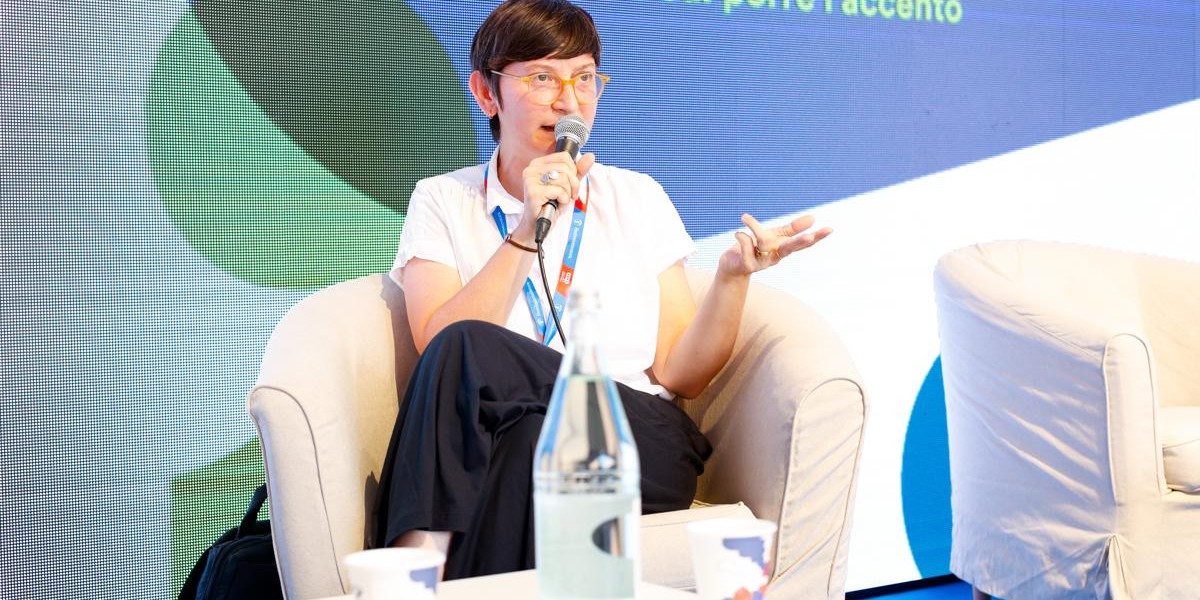
Nausicaa Giulia Bianchi on the women ordained in the Catholic Church
Nausicaa Giulia Bianchi, photographer of the invisible. And of invisible people. This is how she describes herself on Instagram, where she posts her self-portraits, taken during quarantine, when our homes kept our bodies hidden. Invisibility can be considered the common theme of her photography. A paradox, if you like, for an art form that perhaps more than any other aims for total visibility. A utopian objective that she pursues relentlessly.
Her goal is best expressed in the Women Priests Project, a
study that, crossing years and continents, aims to bring to light all the women
who have been ordained priests in the Roman Catholic Church. Portraits of women
who wear ecclesiastical garments, or who, more simply, sit in the privacy of
their homes. These are photos which, with their minimalism, express a possible
normality, but which manage to shake something profound, reflected in Nausicaa
Giulia Bianchi's shining eyes, behind her glasses. Given our cultural
background, these images cannot but be somewhat alienating, but it is indeed
possible for a woman to become a priest: there is nothing in the Holy
Scriptures that openly forbids it, as Nausicaa explains. It is simply
considered illegal under canon law, and anyone who dares to do so runs the risk
of being excommunicated. Yet there are those who have dared: more than 300
women around the world, who have chosen to go beyond the limits of what is
conceivable in order to establish a new kind of justice ignored by tradition,
and to do it together, to make themselves heard, to be visible. Not unlike suffragettes,
suggests a smiling Nausicaa.
And it is precisely justice that underlies the religious conception of these women. A new idea of religion where God, being immaterial, cannot replace the ideals of equity and brotherhood between people; an idea of religion no longer centred on sin but on reciprocal beauty, on welcoming everyone, accepting issues that the traditional Church rejects, such as gay rights and divorce. In short, an ideal that, as the video presentation that Nausicaa has prepared for us says, "gives the Virgin a new heart".
This call for equality also lies at the root of Nausicaa’s project: not seeing herself in the more extreme feminisms, she sought out women who could embody an ideal of gender equality. And she found it, ironically, in religion, an area where gender equality is still a remote possibility. But this is precisely why it remains an important battleground: as the French philosopher Luce Irigaray says, until we have a female deity, the sexes will not really be equal. And it is precisely this that makes these portraits of women so powerful: the calm strength that emanates from their features, from the confidence to fight for a just cause: for justice itself.
Here is a link to a complete recording of the event (in Italian):



